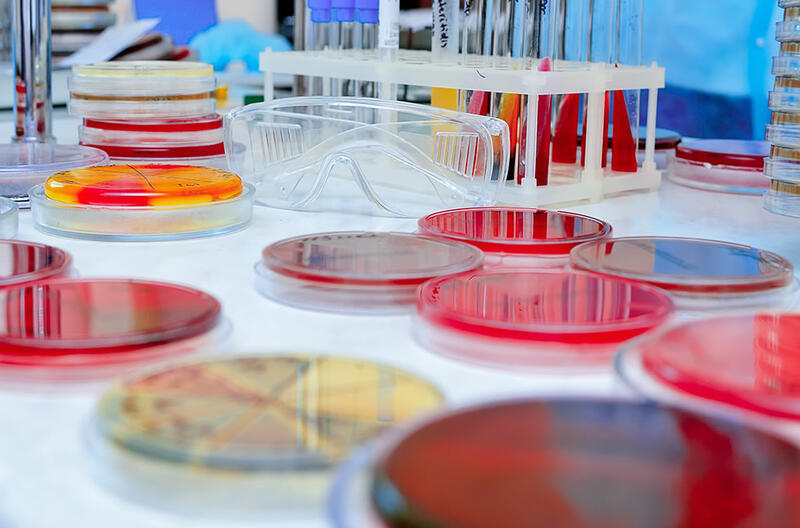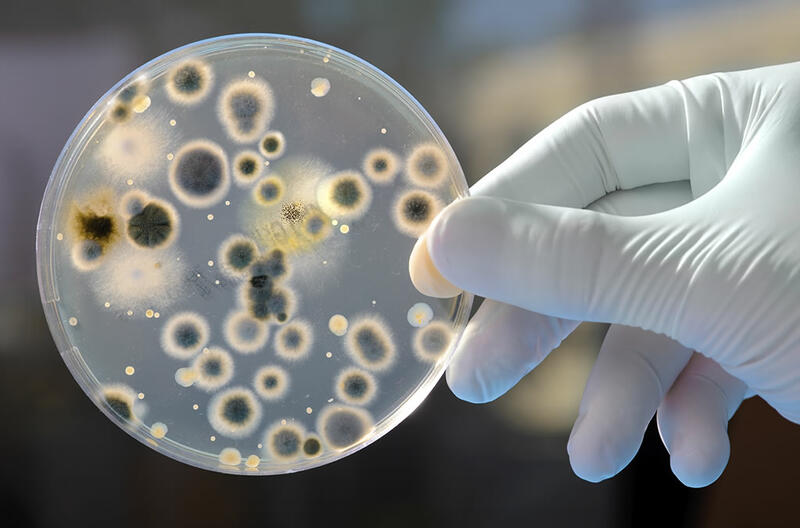
Microbiological quality of Paper and Paperboard
Food contact, Contamination, Fungus resistance
- Detect and enumerate the microorganisms present in papers and paperboards
- Evaluate the microbiological quality of paper and board: total flora, spore-forming bacteria, pathogens, yeasts and molds
- Characterize the fungus resistance of paper and paperboard materials
- Check the absence of transfer of antimicrobial constituents for paper and board intended to come into contact with foodstuffs
General informations
Paper and paperboard materials can be responsible for chemical as well as microbiological contamination. Paper and paperboard manufacturers, which supply the food industry, have to guarantee the microbiological safety of their products.The Microbiology Analysis Laboratory relies on its industrial experience and its knowledge from R&D to assess the quality of products by offering analyzes specifically adapted to paper and board.
We help you control the development of microorganisms such as bacteria, yeasts and molds, from the raw material to the finished product.
The tests are carried out according to the requirements of the regulatory texts and the standards in force (AFNOR, ISO, CEN).
Technical Data and Achievements
Our services use pulp, paper and board standards or standards in other fields that we adapt to the specific analysis of paper and board.
Antimicrobial substances
Determination of the transfer of antimicrobial constituents according to standard EN 1104 Pulp, Paper, Board. This test must be carried out for papers intended to come into contact with foodstuffs in accordance with French Information Note from DGCCRF – Fiche MCDA N°4 (January 1st 2019) for France and the recommendations XXXVI of the BfR for Germany.
Fungus resistance
- Fungus resistance of paper and paperboard (TAPPI T487 pm-99 or ATSM D2020)
Enumeration of yeasts and molds
- Yeasts and molds growing on low aw (activity of water) (NF V08-036)
- Yeasts and molds total count after disintegration (DIN 54379)
- Surface colony count (DIN 54378)
Detection / enumeration of total germs, indicators and pathogens
- Enumeration of bacteria and bacterial spores based on disintegration (ISO 8784-1)
- Bacteria, yeasts and molds on the surface (ISO / WD 8784-2 internal method)
- Presumptive Bacillus cereus (ISO 7932)
- Clostridium perfringens (ISO 7937)
- Coagulase-positive staphylococci (Staphylococcus aureus and other species) (ISO 6888- 2)
- Thermotolerant coliforms (NF V08-060)
- Sulfite reducing anaerobic bacteria (NF V08-061)
- Coliforms (ISO 4831)
- Presumptive Pseudomonas spp. (ISO 13720)
- Candida albicans (EN 18416)
Accreditation
The microbiology laboratory is accredited by COFRAC analyses n° 1-0552 (scope available on www.cofrac.fr) based on the ISO/IEC 17025 standard.
 |
 |
|